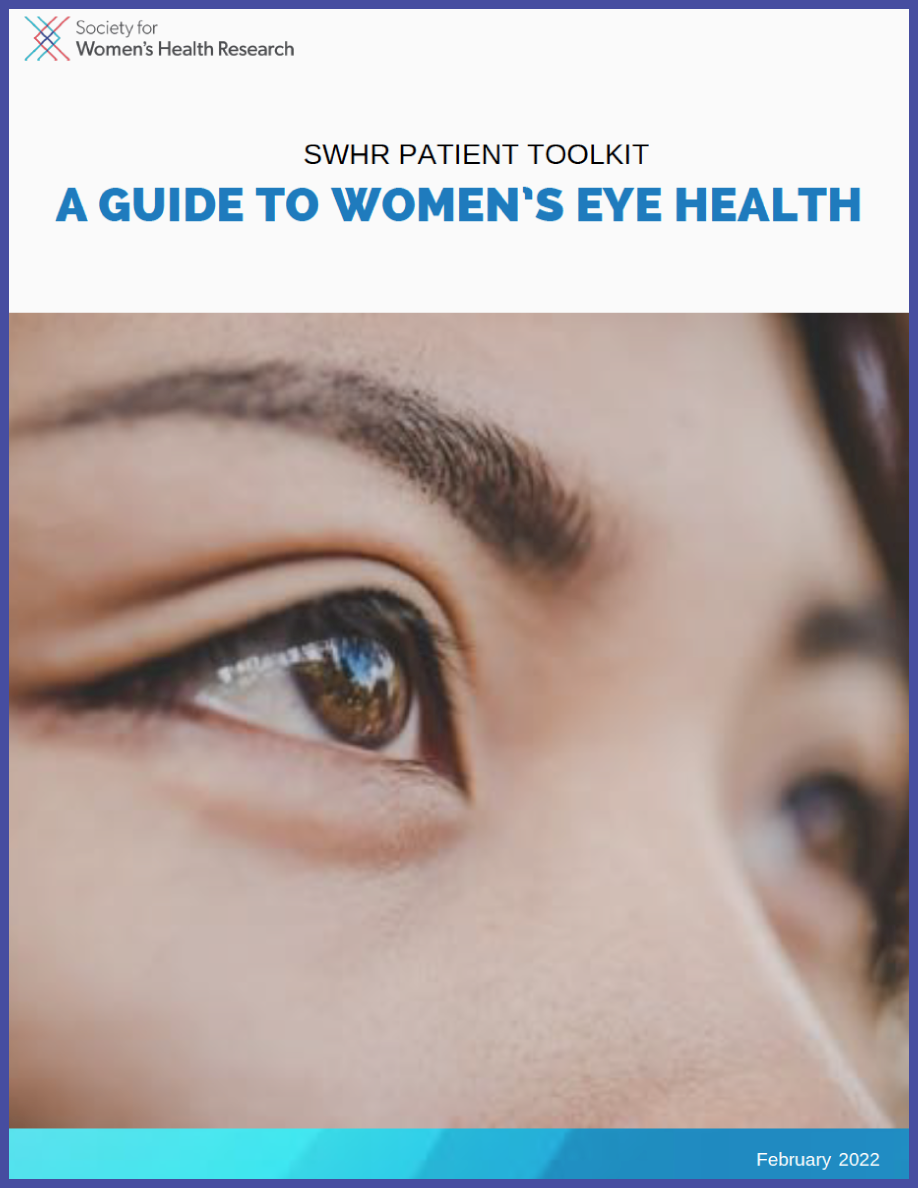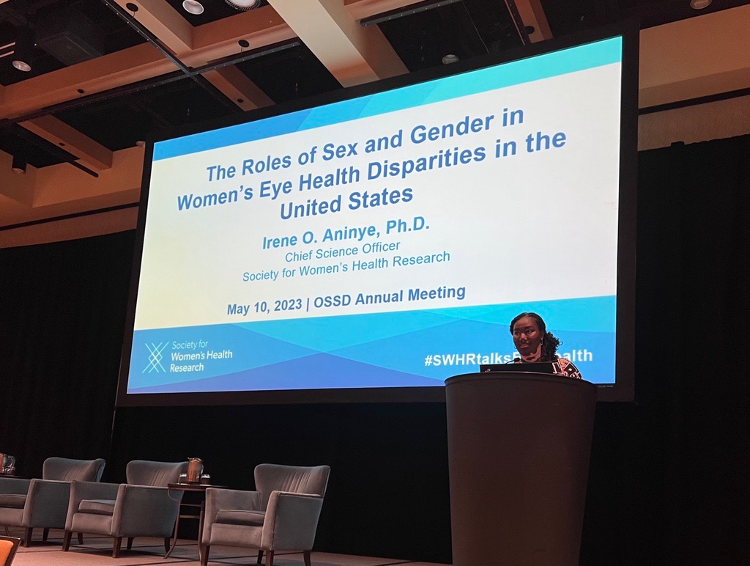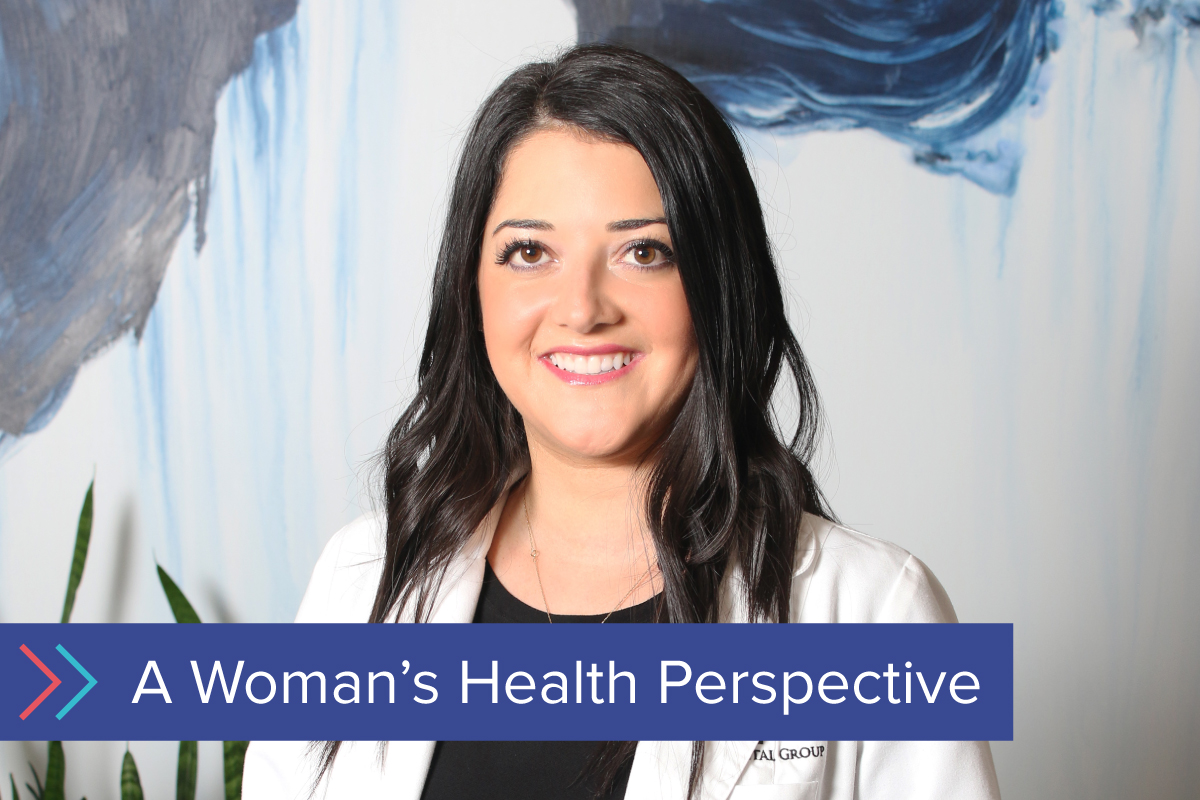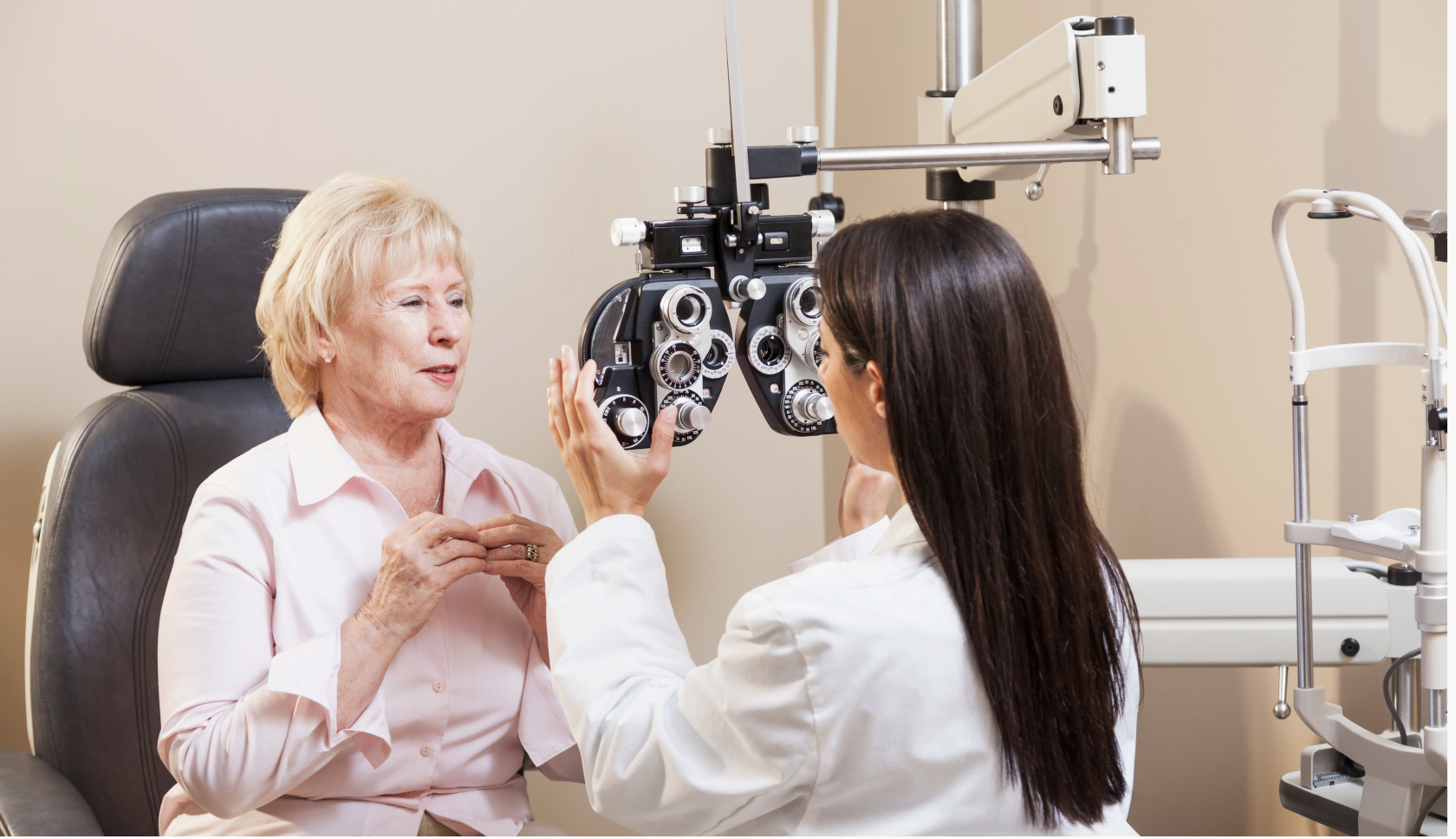Age-related macular degeneration, glaucoma, cataracts, thyroid eye disease, and diabetic retinopathy occur more frequently in women than men. It is important for women to understand these diseases and how to take care of their eye health.
While risk for certain eye conditions may increase with age, vision loss should not be considered a natural part of aging. Many common eye diseases progress gradually over time and may not have symptoms right away. Having regular eye exams as you get older makes sure your eye care provider has a chance to see early signs of eye damage or disease. Often, when caught early, eye conditions can be significantly delayed or prevented entirely.
SWHR’s toolkit is designed to empower individuals to navigate their eye health and eye care as they age.
The toolkit provides easy-to-understand information on eye health, including common eye symptoms and diseases that disproportionately affect women. The toolkit aims to facilitate productive conversations between patients and health care providers at all stages of eye health.
Download Toolkit
















